Getting back to my car; the early ownership of the car is unknown. The title I recieved with the car stated that it was first titled in PA on 8/18/1976 and the person I bought the car from, Jim Faust, bought the car 5/13/1987. Jim tells me that the person he bought it from was
a woman who lived in the Landsdale, PA area (near Philly). It seems that there were a lot of Panther Pink Challengers in PA. A few years prior I went to PA and looked at a Panther Pink 70 Challenger 318 convertible that was on ebay. There was nothing left of the
rear frame rails and every piece of sheetmetal needed to be repaired. I passed on the car and it eventually sold for $20K on ebay without any running gear ! Am I missing something ? Sure would like to know what happended to it. VIN: JH27G0B297706. Send me an
email if you know about the convertible or my car.
As with many of the low-end mopars it seems likely that my car would have been turned into an R/T clone rather then being restored to its original stock 318-2bbl "plane-jane" state if I had not won the auction. In fact, the loser of the auction had the nerve to contact the seller in an attempt to buy it out from under me after the auction closed. Luckily the seller was honest.
|
|
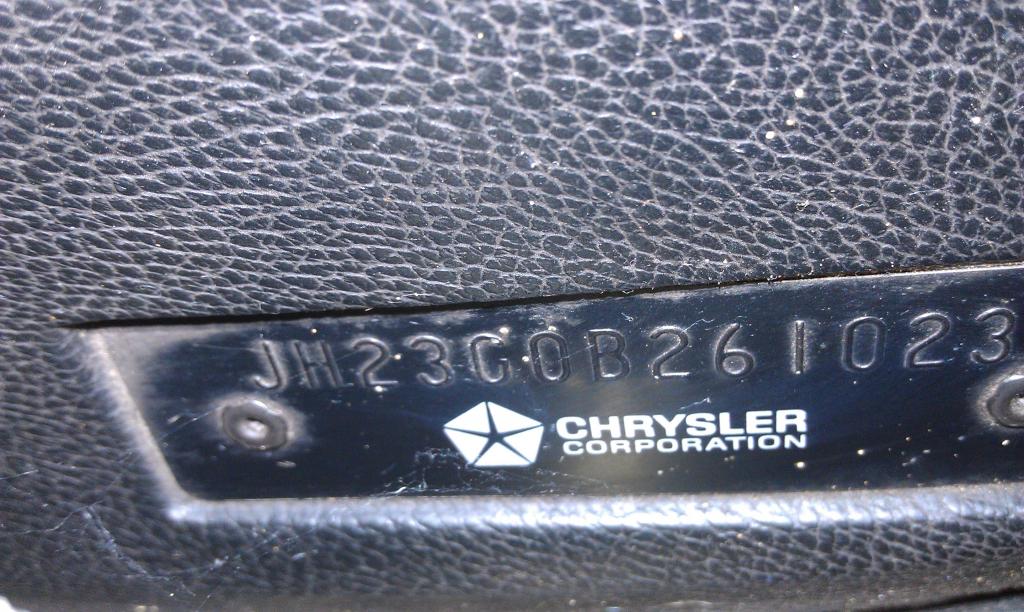
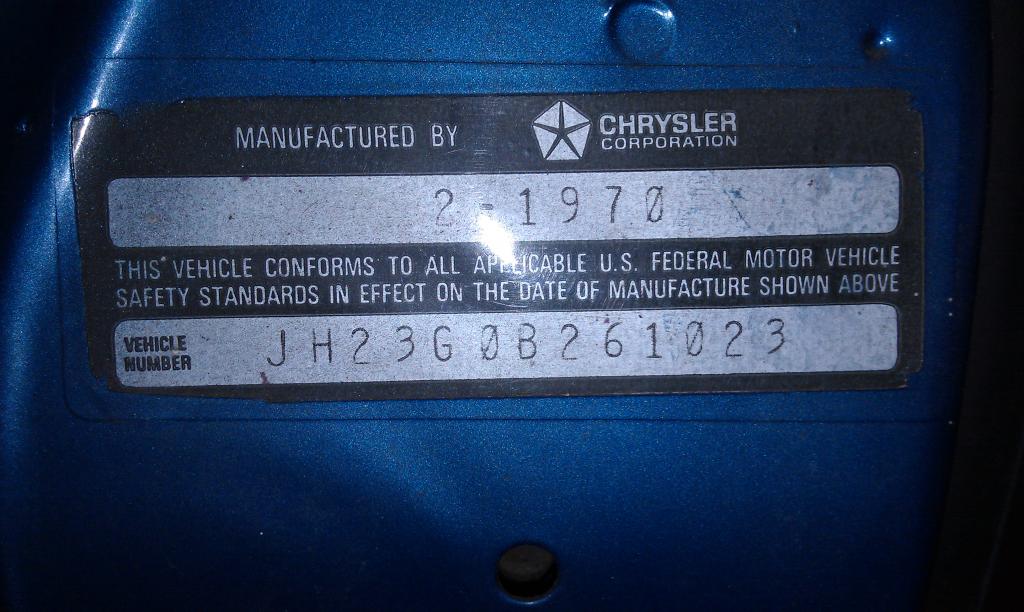
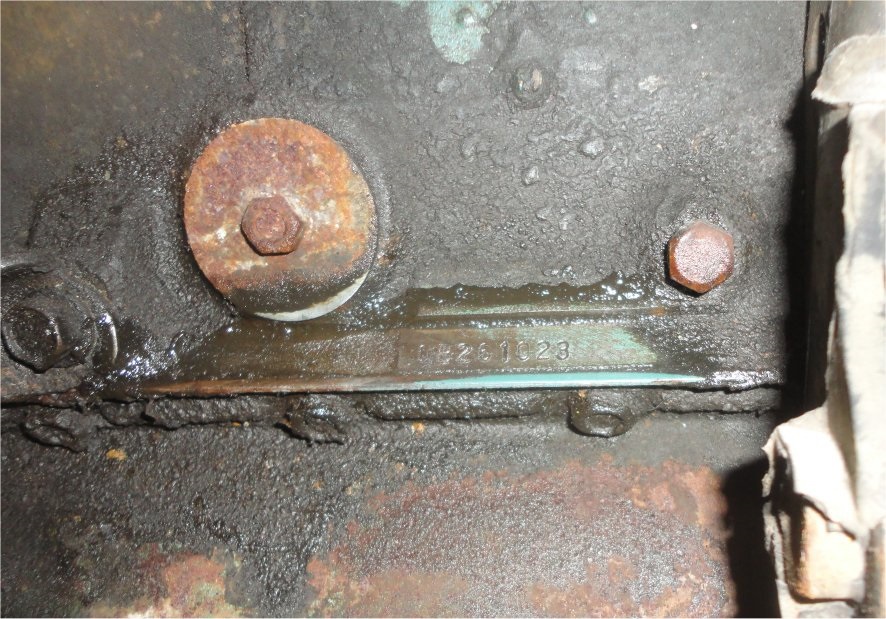
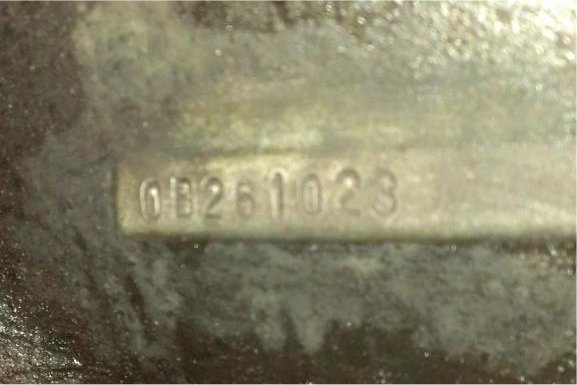
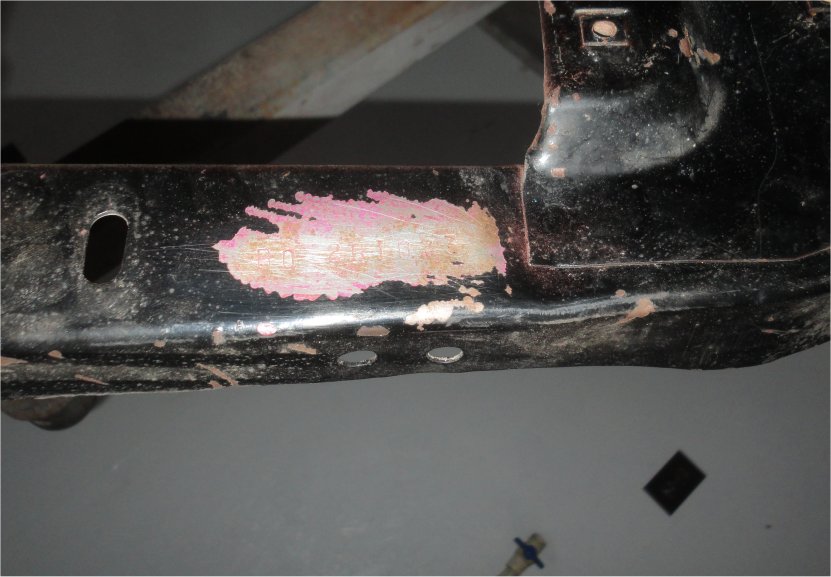

|
|
So let's take a look at originality, which is applicable to any mopar you might want to purchase. The series of pictures above shows that the car is original. The dash VIN Tag (very bad idea by Chrysler to rivet it to the dash pad by the way) and the door tag show the same VIN number. The engine block and the transmission are both stamped with a partial VIN which agrees with the VIN tag. The back side of the radiator support and the upper cowl panel are also stamped with the same partial VIN which also agrees with the VIN tag (though the order of the "0B" has been reversed). Assuming that these items have not been "relocated" from another vehicle or reproduced.... the vehicle is considered to be an original numbers matching car.
|
|
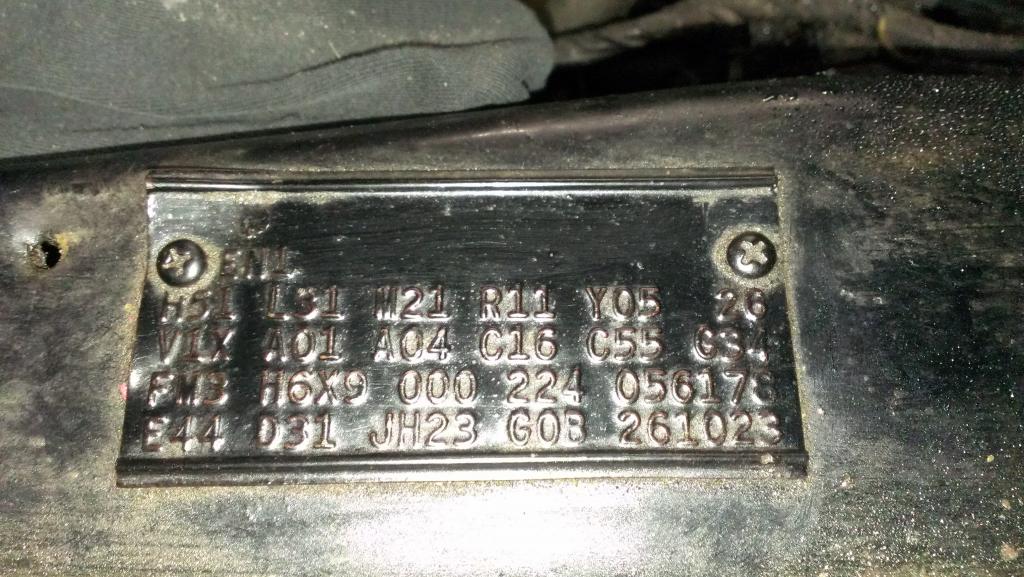
|
|
The Fender Tag (or Build Tag if you prefer) screwed to the left inner fender, if not lost or stolen, is also a valuable piece of the car. When properly decoded, it lists information about how the car was built and what options it came with. These tags are often reproduced, so you have to be careful when looking at a high dollar car.
The following is a break down of the fender tag codes:
- 261023 = Sequence number (261,023 the 1970 car produced at plant, last 6 digits in the vin)
- G0B = 318-2bbl Engine, 1970 Model Year, Hamtramck MI Assembly Plant (5th-7th digits of the vin)
- JH23 = Dodge Challenger, 2 Door Hardtop (1st-4th digits of the vin)
- D31 = 904 3spd Automatic Transmission
- E44 = 318-2bbl Engine
- 056178 = Order Number
- 224 = Scheduled Build Date of February 24, 1970 (Note: One of the very first Challengers in this color)
- 000 = Upper Door Frame Color (N/A for Challenger)
- H6X9 = High, Vinyl Bucket Seats, Black
- FM3 = Panther Pink body color
- G34 = Remote LH Outside Mirror (Painted)
- C55 = Bucket Seats
- C16 = Console
- A04 = Basic Radio
- A01 = Light Package (courtesy)
- V1X = Black Full Vinyl Top
- Y05 = Built for US
- R11 = AM Radio (2 watts)
- M21 = Roof Drip Rail Moldings
- L31 = Fender Mounted Turn Signals
- H51 = Single Air Conditioning w/Heater
- 26 = 26" Radiator
- EN1 = End Of Codes Assembly Line 1
With the exception of the radio and front fenders, all of the items listed were still with the car. The mirror had been replaced, but the remote cable and bezel were still attached to the door. Since the front fenders were missing, it was good to know that that car came with fender mounted turn signals.
|
|
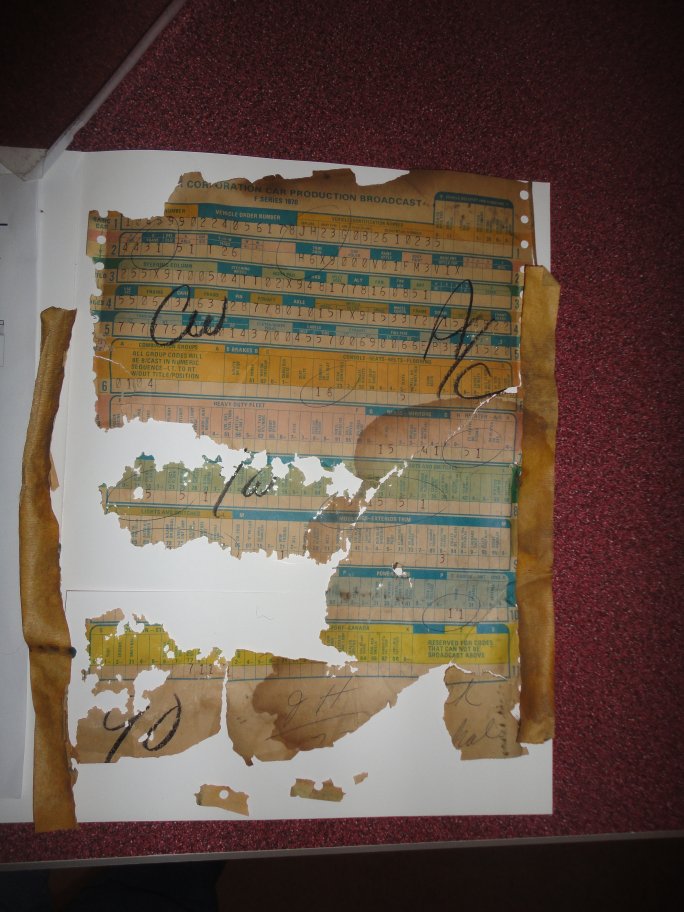
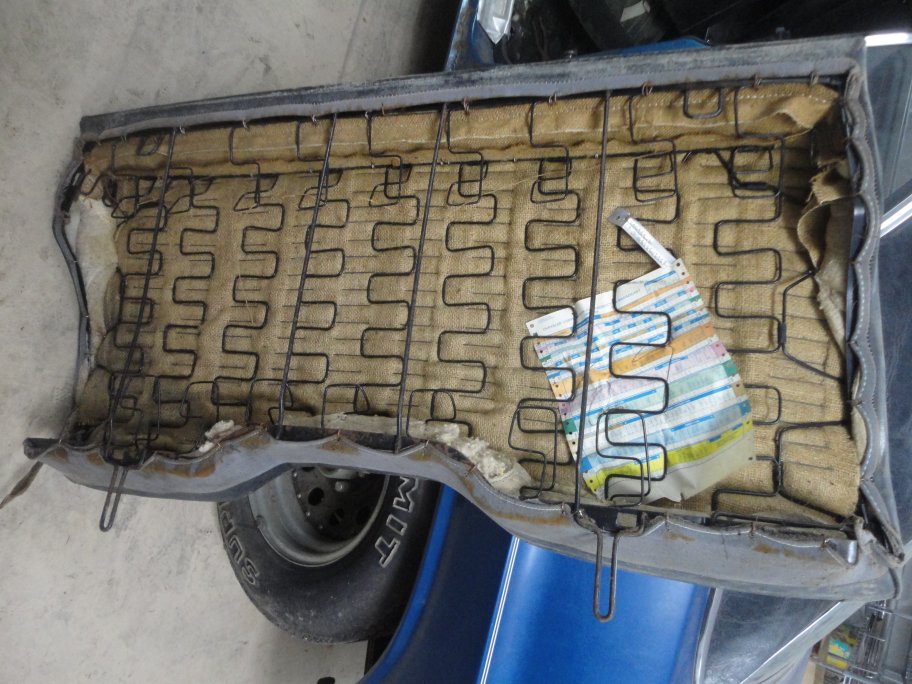
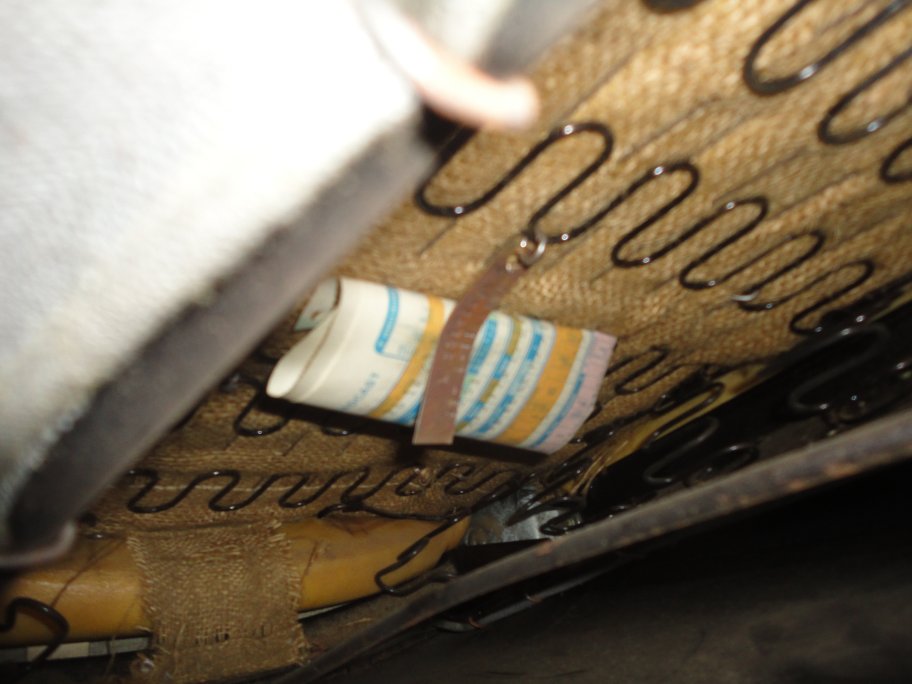
|
|
Another item that adds value to the car and tells the complete story as to what components were used to assemble the car, is the factory broadcast sheet (build sheet). Some cars actually came with several of them. 3 were found inside mine. One was taped to the glovebox liner (easy to see by looking under the dash), one was inside the right front seat back and one was inside the rear seat back. There probably was another one behind the driver's seat, but at some point the original seat was replaced. Other places to find broadcast sheet would be under the carpets and under the package tray.
As major components/subassemblies of a car (e.g. dash, seats, engine, etc..) were built, a broadcast sheet was printed and was used to instruct the factory worker as what to assemble. Often the broadcast sheet accompanied the component to the final assembly line so that the correct assembly would be installed on the intended car. All of the printed broadcast sheets for a given car would be 100% identical except for the last 4 digits on line 5, which represent the time of day that it was printed. Each broadcast sheet would receive different markings on them during the assembly process. As you can see from the first photo above (which came from the dash), items refering to the dash construction (color, A/C, radio type, gauge type) were circled and notes were written.
To decode your build sheet you either need to pay someone or you can get your hands on a restoration manual from the
International Chrysler Collector Authority website. It will cost you a lot, but it is well worth the purchase when restoring a mopar of value. I am not exadurating in the slightest. I wish that all resto manuals were like this. Hint, hint Jeff Speegle.....
|
|
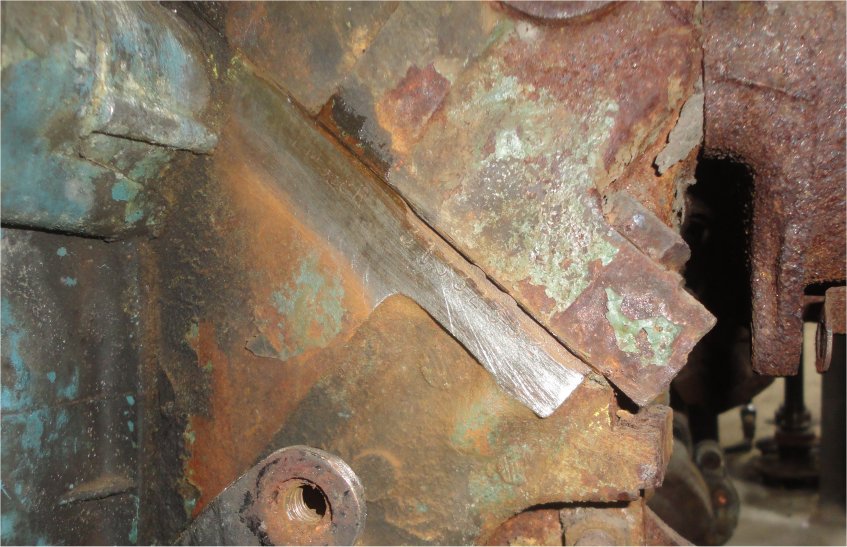
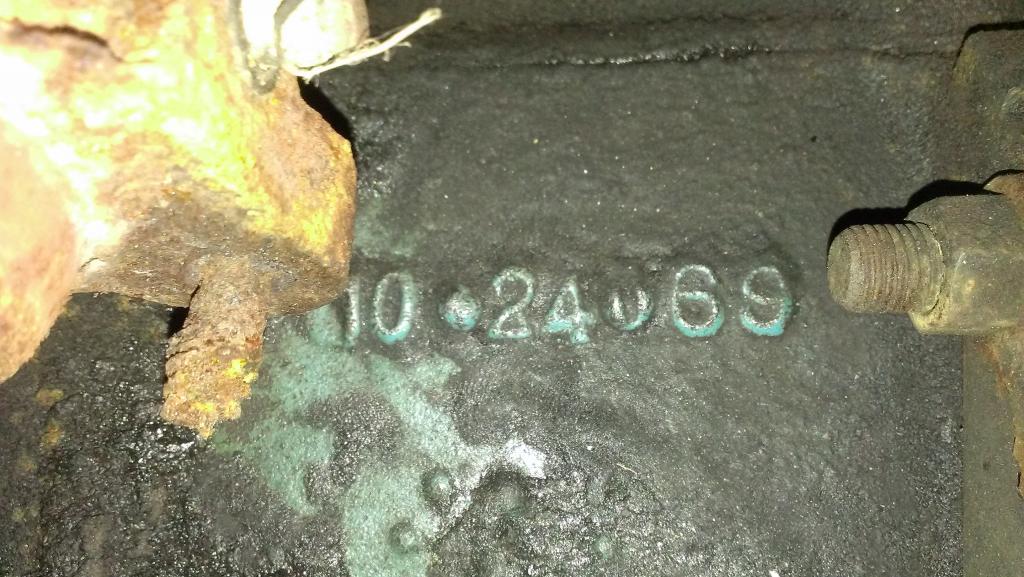
|
|
The pictures above are of the stamping on the left front side of the engine and the block casting date. Some may mistaken the stamping for the VIN, but it really pertians to the engine build information. The stamping reads PM318R 31332352. This translates as follows:
- PM = Mound Road assembly plant
- 318 = engine displacement
- R = Regular Fuel
- 3133 = February 24, 1970 assembly date using a 10,000 day calender. This agrees with the fender tag.
- 2352 = engine sequence number.
Even with a February 24, 1970 assembly date, it is interesting to note that the cast date of the block is 10/24/1969. Four months seems like a long time between a cast date and an assembly date. I am used to seeing about a month on other cars.
|
|